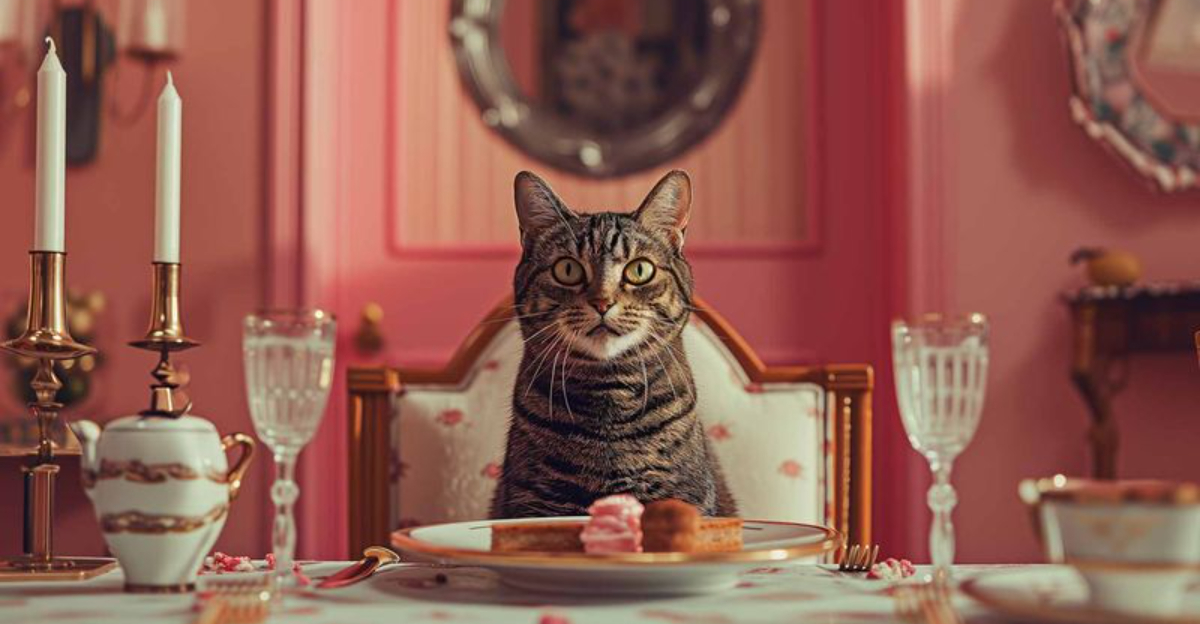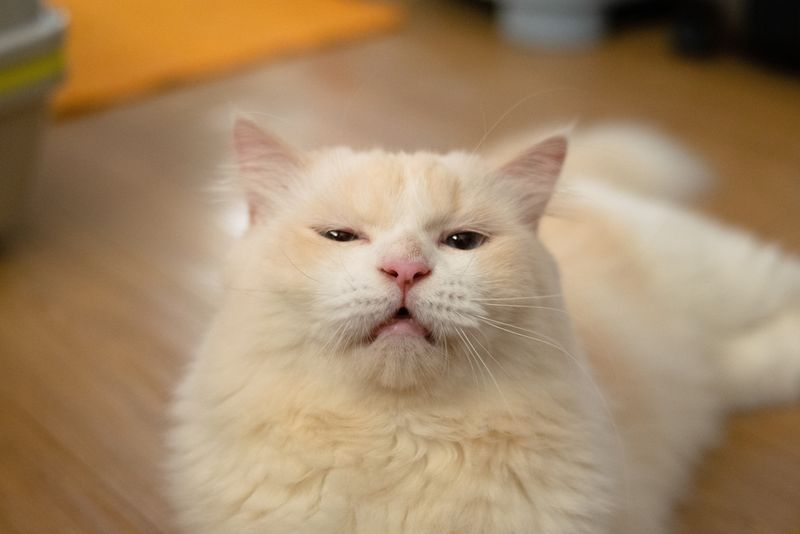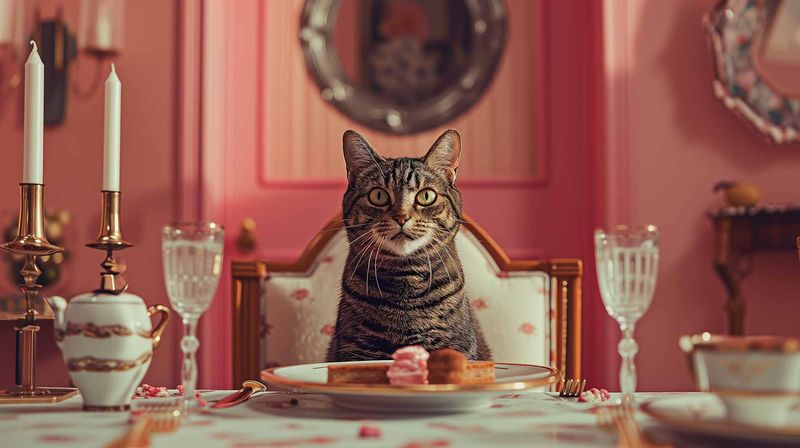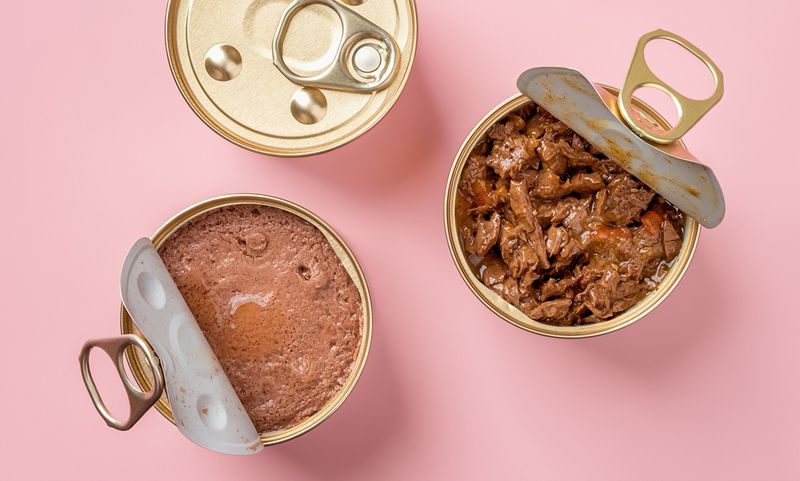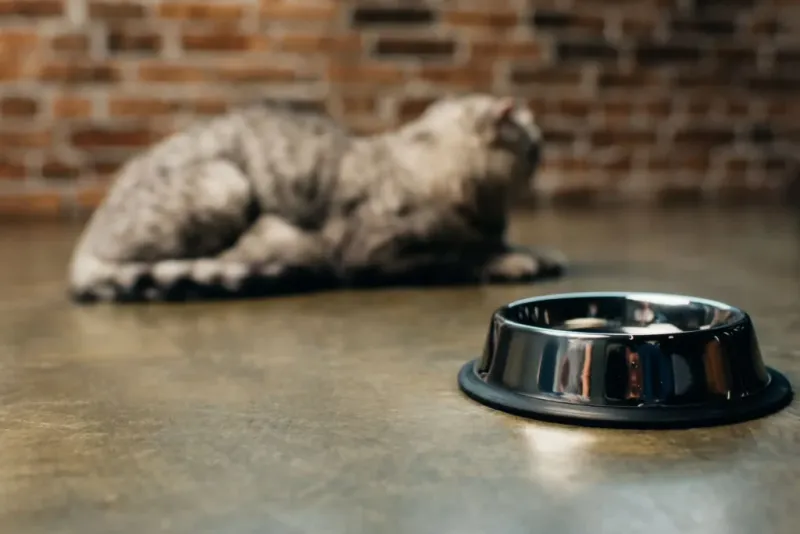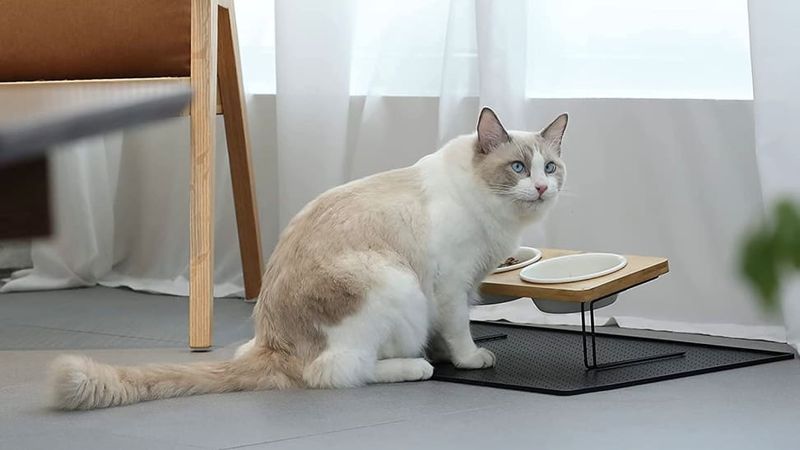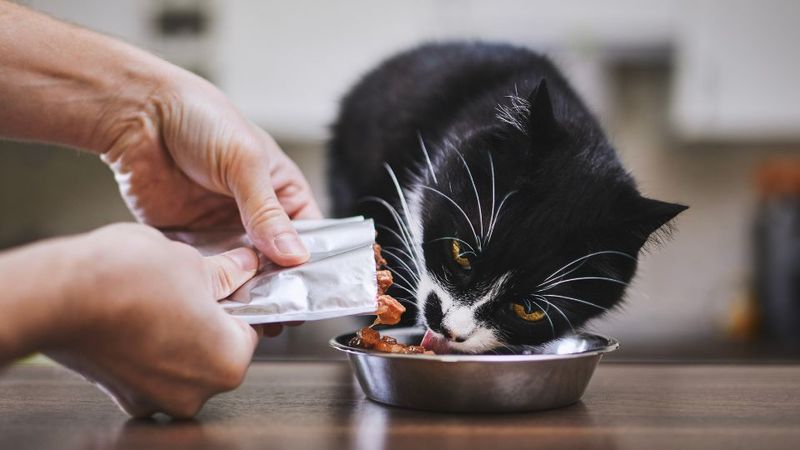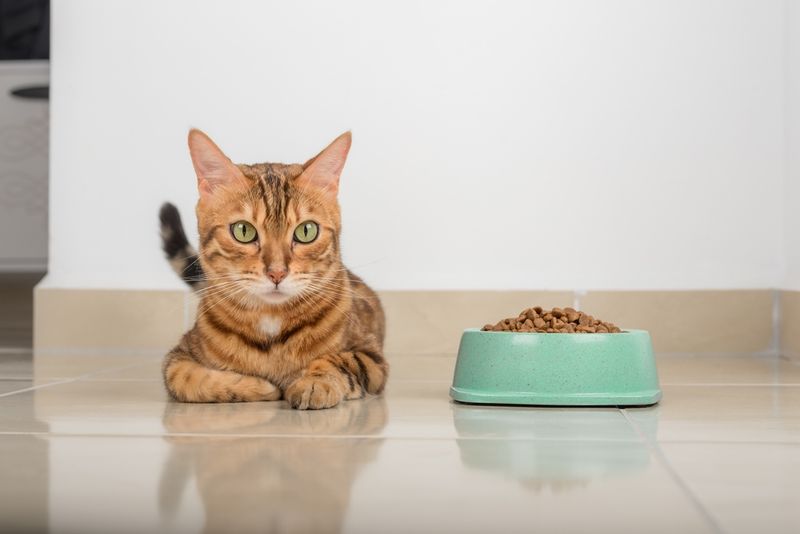📖 Table of Content:
When it comes to food, cats and dogs are on completely different ends of the dining spectrum. While dogs tend to see anything remotely edible as a feast—including socks, trash, and mystery items from the sidewalk—cats treat even the finest cuts of meat with suspicion. Ask any cat parent, and they’ll tell you stories of turning their kitchen into a five-star restaurant, only to be met with a disdainful glance and an untouched bowl.
This mealtime pickiness isn’t just an attitude—it’s deeply rooted in feline biology and behavior. From heightened senses to hunting instincts, cats approach food with a level of scrutiny that would put celebrity chefs to shame. In contrast, dogs are evolutionarily wired to be opportunistic eaters, gobbling up whatever they can, whenever they can, with very few questions asked.
So why are cats such culinary critics, while dogs are the kings of “will eat anything”? Let’s break down the seven key reasons cats out-snob dogs at mealtime—and explore what makes our feline friends such picky little foodies.
1. They Judge Food by Smell First
Naturally, cats are guided by their sense of smell far more than their sense of taste. A whiff of something even slightly “off” by their standards can send them walking away in disgust. Unlike dogs, who often inhale food before even noticing its scent, cats pause and evaluate. That evaluation is based on whether the food meets their expectations—texture, temperature, and especially aroma. Smells that seem perfectly fine to us may be a total deal-breaker for a cat. Even if it’s their usual food, changes in freshness or storage can affect the scent enough to cause rejection. In this game of olfactory approval, dogs are casual snackers—cats are seasoned sommeliers.
2. Temperature Must Be Just Right
Cats have a preference for meals at body temperature, about 38-39°C or 100°F, closely mimicking the warmth of a fresh kill. This finicky attitude is rooted in their instinctual desire for fresh prey-like meals. Offer them something too cold, like a straight-from-the-fridge dish, and you’ll witness a disdainful flick of the tail. Unlike their feline friends, dogs would happily consume everything, from leftovers to frozen kibble. Cats demand culinary perfection, and any deviation from their desired temperature won’t be met kindly.
3. Texture Sensitivity Is Real
When it comes to texture, cats are particular in their preferences. Some favor the smooth consistency of pate, while others demand meaty chunks in gravy. Alter the texture, even slightly, and your cat might stage a hunger strike. They are creatures of habit, and a sudden shift might unsettle their eating routine. Dogs, however, are not so discerning; they relish their meals regardless of texture. This sensitivity to texture shows the refined and exacting nature of cats, making every mealtime a test in their eyes.
4. Location, Location, Location
A noisy, chaotic environment can be enough to disrupt their appetite completely. Unlike dogs who can eat in the middle of a party, cats want peace and privacy when they dine. Many even prefer to eat far from their litter box or water bowl, with a clear view of their surroundings. This behavior ties back to their instincts as solitary hunters who avoid vulnerability while eating. If a cat’s food station isn’t up to their standards, they may simply skip meals. Their preference for fine dining environments makes them food snobs with spatial standards.
5. Clean Dishes Only, Please
Cleanliness is non-negotiable for most cats when it comes to food bowls. They can detect old food residue, lingering smells, or even dish soap that hasn’t been rinsed properly. While dogs seem proud to eat out of bowls that haven’t been washed in a week, cats demand a spotless setup. Dirty dishes can cause them to turn up their noses and walk away with an air of judgment. Stainless steel or ceramic bowls are usually preferred over plastic, which can absorb odors. Some cats are even sensitive to the shape or depth of the dish, especially if it touches their whiskers. Their attention to hygiene adds another layer to their gourmet reputation.
6. Brand Loyalty Is Non-Negotiable
A sudden change in formula or packaging can be enough to throw them off completely. Their loyalty isn’t just stubbornness—it’s tied to their cautious nature and instinct to avoid unfamiliar or potentially unsafe food. Even switching to a “better” or healthier option can result in a hunger strike. Dogs, by comparison, celebrate food diversity with gusto and tail wags. For cats, any deviation from their preferred brand feels like a betrayal. That picky allegiance is yet another reason they reign supreme in mealtime snobbery.
7. Appetite is Mood-Dependent
A cat’s appetite is closely linked to its mood. Stress, boredom, or even a slight displeasure can lead them to refuse their meals. Any change in routine, a new environment, or even a different person serving the food can disrupt their eating habits. Dogs, however, will often eat regardless of mood, treating each meal as an opportunity. This mood-dependent eating pattern showcases a cat’s unique emotional sensitivity, requiring a stable and comforting environment to encourage their gourmet tendencies.
